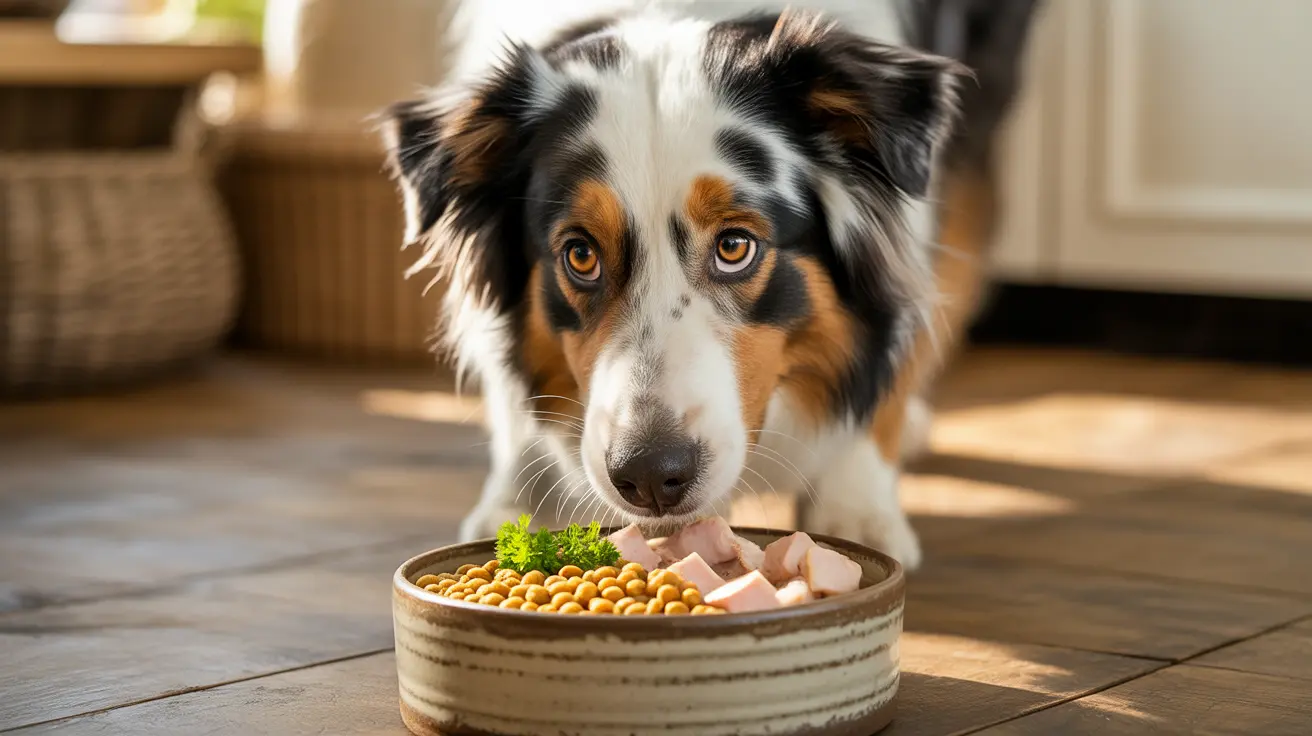Effective Ways to Calm a Male Dog During a Female's Heat Cycle
When a female dog is in heat, male dogs can exhibit extreme **agitation**, **anxiety**, and an overwhelming desire to mate. This behavior is driven by powerful **instinctual** responses to the hormones and pheromones released by the female. Owners often wonder whether a calming pill is a safe solution. The short answer is: it depends, and it should always involve a conversation with your **veterinarian**.
Understanding Male Dogs' Behavior During a Female’s Heat
Male dogs can sense a female in heat from far away and may display behavioral changes such as:
- Excessive restlessness or pacing
- Whining, barking, or howling
- Loss of appetite
- Marking territory excessively
- Attempts to escape
- Aggression toward other males
These reactions can last for the 2 to 3 weeks each cycle occurs and cause significant stress for owners and pets alike.
Can You Give Your Dog a Pill to Calm Him Down?
Calming pills or supplements are an option, but not a quick fix. They should never be administered without prior **veterinary approval**. Some widely used natural ingredients include:
- Chamomile
- L-theanine
- Valerian root
Additionally, products like **pheromone diffusers**, calming treats, and **herbal sprays** might help — but again, these work best in conjunction with behavioral strategies.
Comprehensive Strategies to Calm Your Dog
Instead of relying solely on pills, a **multi-pronged approach** is more effective. Here’s how you can help your dog stay calm:
1. Separation
Physical separation is crucial during a female's heat. Ideally, keep the male and female in different parts of the house or send one to stay elsewhere temporarily. Use secure barriers and avoid switching spaces to prevent scent contamination.
2. Masking the Female’s Scent
Reduce the scent that triggers mating behaviors by:
- Bathing the female with mild dog shampoo
- Cleaning her bedding frequently
- Using vinegar or pet-safe disinfectants on her environment
- Trying menthol rubs or doggy diapers (with vet supervision)
3. Intensified Exercise and Mental Engagement
Physical activity and mental stimulation can divert your dog’s attention from the female. Consider:
- Long walks or active play sessions
- Puzzle toys
- Training exercises
- Scent-hiding games
4. Creating a Calming Environment
Establish a peaceful and predictable space to decrease **stress levels**:
- Use white noise or calming music
- Keep curtains closed
- Stick to routine feeding and walking schedules
5. Natural Calming Aids
You may also explore natural calming aids like:
- Calming treats with approved ingredients
- Dog-approved pheromone diffusers or sprays
- Thunder shirts for gentle physical pressure
- Lavender-infused bedding (vet-approved)
Massage and brushing sessions can also provide comfort and reinforce your bond.
6. Long-Term Solutions
For future peace of mind, consider:
- Neutering your male dog to reduce mating drives
- Ensuring secure fencing and gates to prevent escapes
- Adding a pet GPS tracker for added safety
- Seeking professional training to improve control and response
When to Call a Veterinarian
Not all dogs react the same way. If your male dog becomes:
- Inconsolably anxious or aggressive
- Shows signs of illness or extreme distress
It's time to consult a **veterinarian** or a professional dog behaviorist. There may be underlying issues that need to be addressed medically.
Summary
While calming pills exist and may be part of the solution, they should always be used under veterinary guidance. Managing a male dog’s behavior during a female’s heat cycle requires a combination of:
- Separation
- Scent control
- Enriched activity
- Natural calming aids
- Secure environments
- Long-term preventive measures
Consistency, patience, and professional guidance will help both dogs get through a heat cycle with minimal stress.





